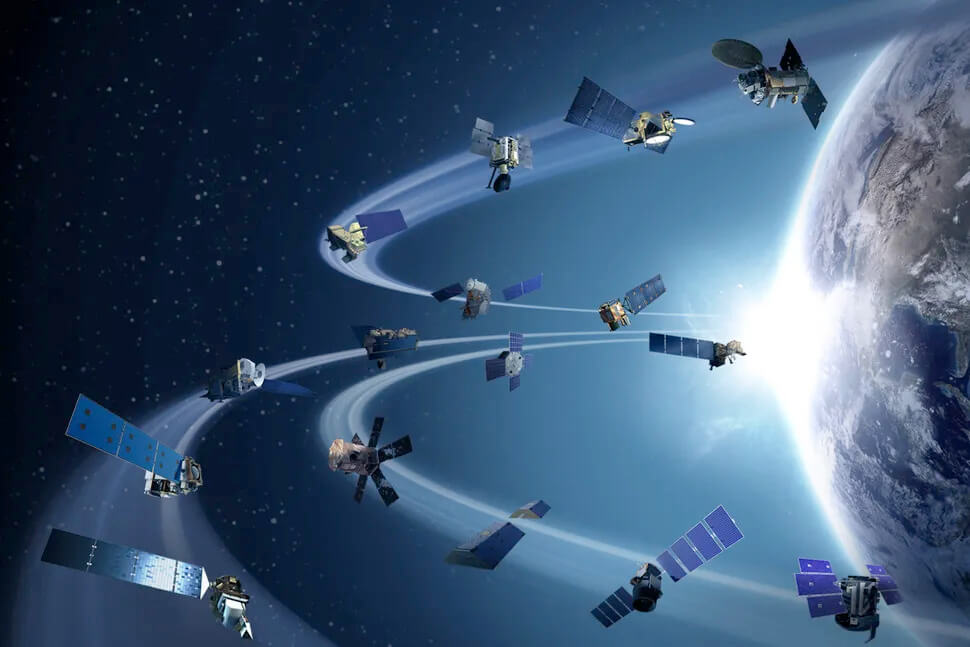A global research project endorsed by the United Nations called "MegaMove" has tracked over 100 marine megafauna species, identifying the most critical locations in our global oceans for better marine conservation efforts, drawing from UC Santa Cruz's vast data sets on marine-mammal movements and behaviors.
In a report published today in Science, the international team of scientists comprising MegaMove show where protection could be implemented specifically for the conservation of marine megafauna. This category of creatures include some of the ocean's most recognizable denizens: sharks, whales, turtles, and seals.
They are typically top predators with critical roles in marine food webs but face growing threats from humans' environmental impact.
MegaMove , led by associate professor Ana Sequeira at Australian National University, includes a team of almost 400 scientists from over 50 countries who have committed to generate global momentum to overhaul marine megafauna conservation. Collaborators at the University of California, Santa Cruz, include professors Dan Costa and Ari Friedlaender, as well as Patrick Robinson, director of Año Nuevo Reserve .
An 'unprecedented' effort
According to Friedlaender, a leading whale researcher , the magnitude of this collaborative effort is "unprecedented." While similar studies have been done at smaller geographic scales and focused on groups of species, Friedlaender said nothing can compare to the global scope of this project.
"It speaks to how science can unify and bring together ideas and people and information towards a single goal," he said. "In order for conservation to be as effective as is necessary, we really do require these types of projects, this type of information, and these types of champions to push forward the needs of animals and wildlife."
Current marine protection areas include only 8% of the world's total oceans, which the UN High Seas Treaty seeks to expand to 30%. The research in this new report found that the targets of the current treaty—signed by 115 countries, but still to be ratified—is a step in the right direction and will be key to assisting conservation.
But the collaboration deems 30% insufficient to cover all critical areas used by threatened marine megafauna, suggesting that additional threat mitigation measures are also needed. According to Sequeira, the project aimed to identify areas used by these well-known species for important behaviors like foraging, resting, and migratory corridors—and these areas can only be found based on their tracked movement patterns.
Comprehensive marine-mammal data
With a long history of supporting innovative marine-mammal research, including the development of biologging technology, UC Santa Cruz was uniquely qualified to make crucial contributions. Over the past 60 years, marine biologists at UC Santa Cruz have monitored the behavior of northern elephant seals that journey to nearby Año Nuevo.
And just last November, UC Santa Cruz scientist Heather Welch, who specializes in research at the intersection of big data and marine-life conservation, co-authored a study that shows the vast majority of "hotspots" where ships collide with whales in the world's oceans lack protections for the majestic giants. Costa and Friedlaender also brought their more than 20 years of experience intrepidly tracking whales and seals across the Southern Hemisphere.
"One of the most amazing aspects of this study is the fact that it is so comprehensive across animal groups and across ocean and land areas," said Friedlaender, adding that UC Santa Cruz's collective data include pinnipeds and cetaceans from close to home all the way to Antarctica. "Because of that comprehensiveness, the findings are not just specific to one or two groups of animals, but to many many animals that have commonalities in the areas that are important to them and that require protection."
This new research also links to UN Sustainable Development Goals, Goal 14 on water, and specifically, to Goal A of the Kunming-Montreal Global Biodiversity Framework to halt human-induced extinction of threatened species.
"Our research shows that, in addition to protected areas, implementing mitigation strategies like changing fishing gear, using different lights in nets, and traffic schemes for ships will be key to alleviating current human pressure on these species," Sequeira said.
Costa also contributed data from the Galapagos, Australia, and South America. Other UC Santa Cruz researchers who collaborated on MegaMove include Thomas Clay, Robert William Henry III, Luis Huckstadt, Michelle Modest, and Stella Villegas-Amtmann.






